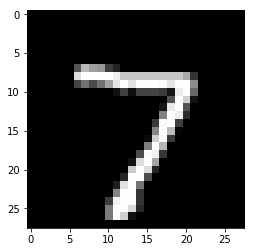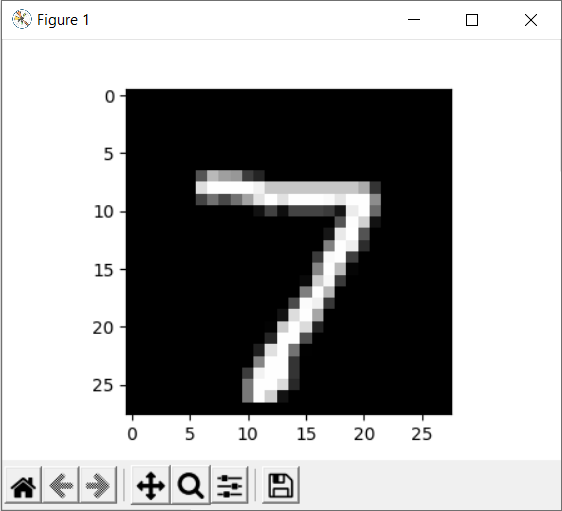I would like to understand how to open this version of the MNIST data set. For example, the training set label file train-labels-idx1-ubyte is defined as:
TRAINING SET LABEL FILE (train-labels-idx1-ubyte):
[offset] [type] [value] [description]
0000 32 bit integer 0x00000801(2049) magic number (MSB first)
0004 32 bit integer 60000 number of items
0008 unsigned byte ?? label
0009 unsigned byte ?? label
........
xxxx unsigned byte ?? label
And I found some code online that seems to work, but do not understand how it works:
with open('train-labels-idx1-ubyte', 'rb') as f:
bytes = f.read(8)
magic, size = struct.unpack(">II", bytes)
print(magic) # 2049
print(size) # 60000
My understanding is that struct.unpack interprets the second argument as a big-endian byte string of two 4-byte integers (See here). When I actually print the value of bytes, though, I get:
b'\x00\x00\x08\x01\x00\x00\xea`'
The first four-byte integer makes sense:
b'\x00\x00\x08\x01'
The first two bytes are 0. The next indicates the data are unsigned bytes. And 0x01 indicates a 1-dimensional vector of labels. Assuming my understanding is correct so far, what is happening with the next three (four?) bytes:
...\x00\x00\xea`
How does this translate to 60,000?


